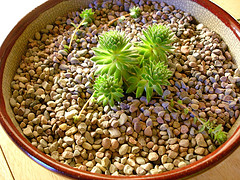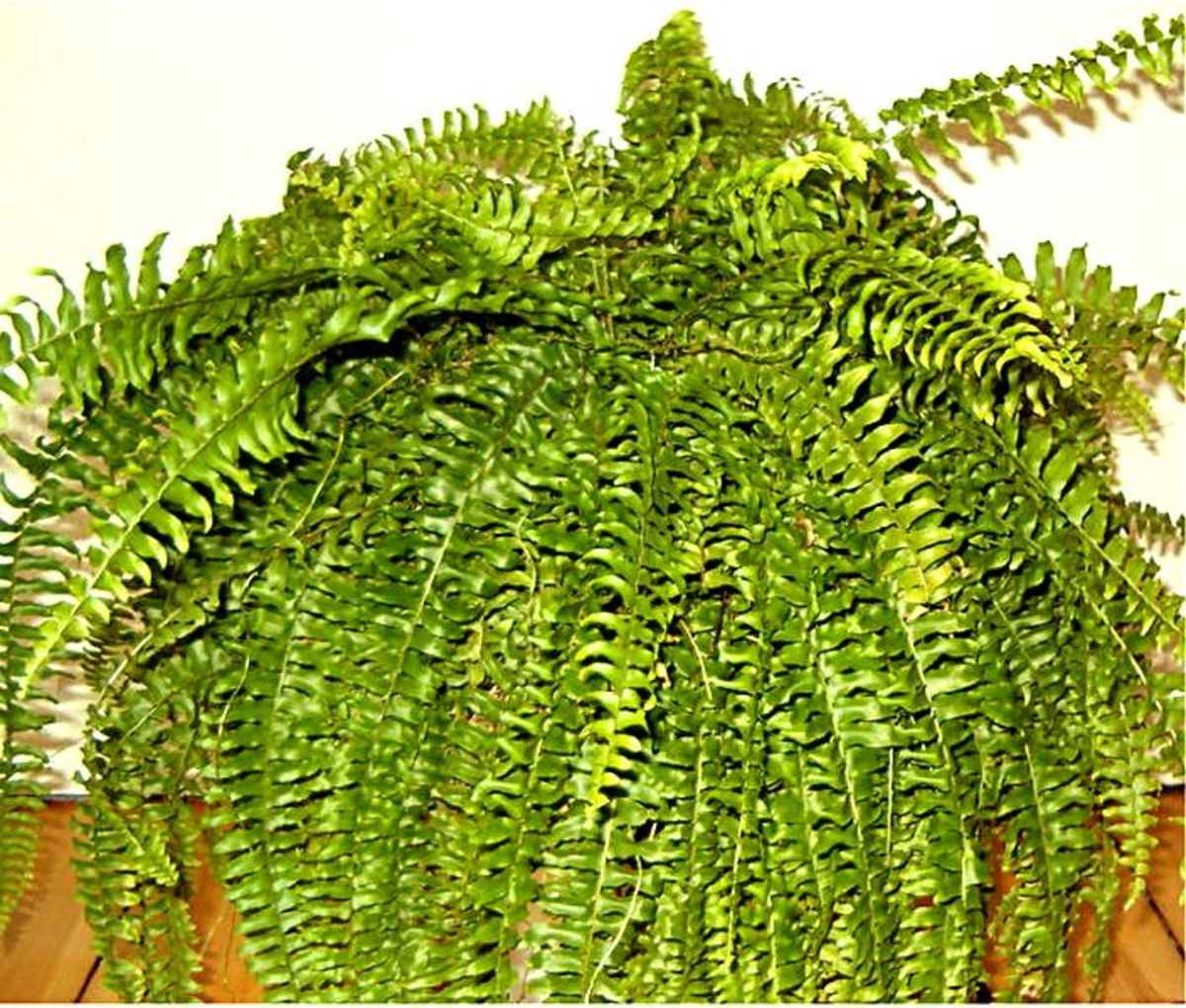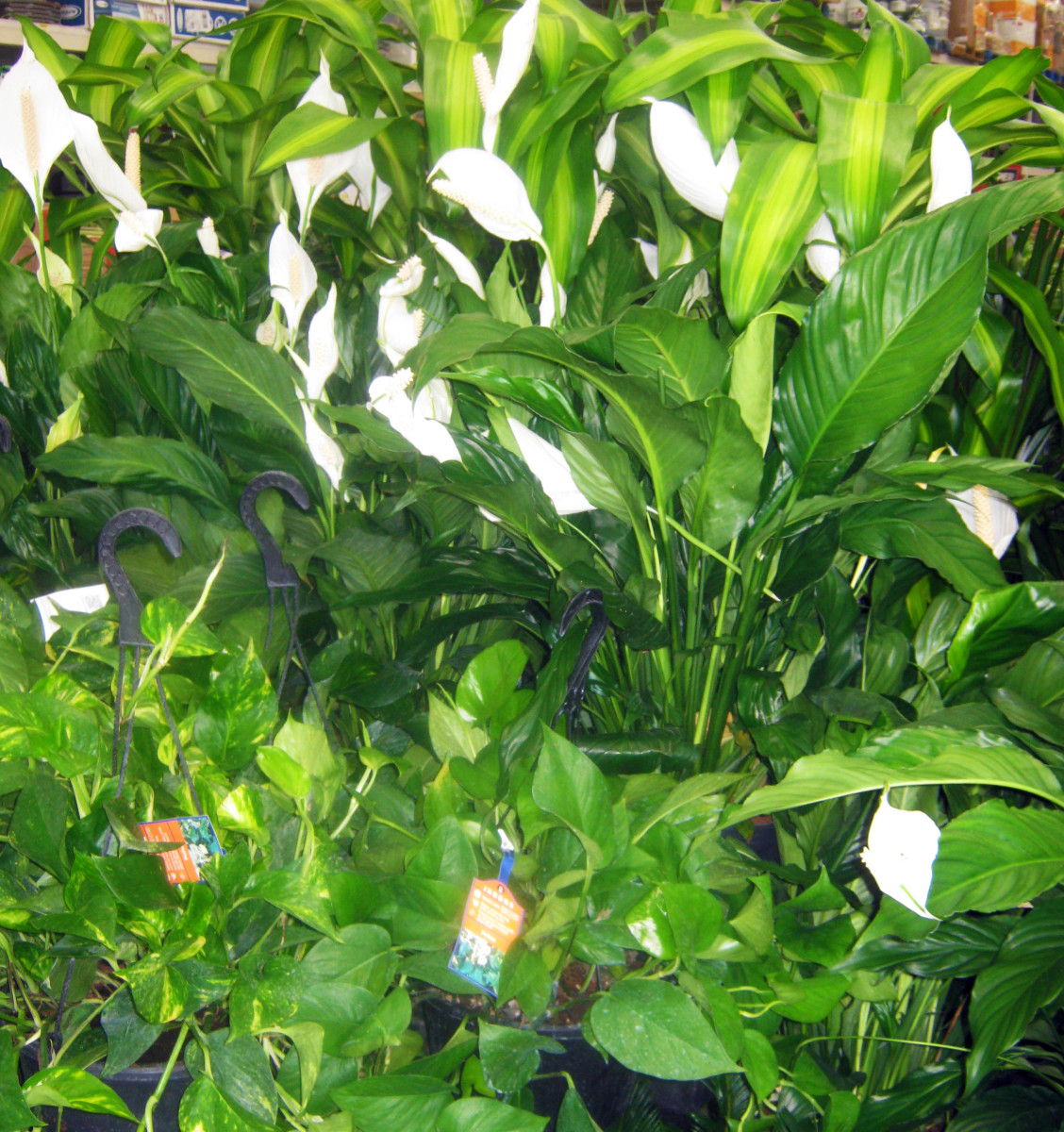Growing Cacti and Succulents as Houseplants
Cacti and Succulents
We often hear about curb appeal when a discussion about selling or buying a new home is underway but often the discussion stops at the front door. If you truly want to impress a potential buyer you will see that the wow factor created by the landscaping in your front yard is carried on when the door is opened and the potential buyer sets foot inside.
Houseplants are ideal way to keep the enthusiasm alive and offer diverse, inexpensive and relatively easy to care for ways to engage your buyer or for that matter your guests.
Houseplants can distract, attract and enhance the visitor’s attention and help create a warm and welcoming ambience to any home.
A houseplant is not something you buy and stick simply anywhere but an important element in your overall décor. Cacti and succulents add beauty, form and ease of care to your home; they are versatile and when, like all plants, get what they need to they will pay you back for many years.
Both cacti and succulents come in a wide and diverse range of shapes and sizes and there are many to choose from, before you buy know what conditions the plant will be living in and talk with the people from whom you purchase the plant. Get all the information you can first.
If you get one as a gift or inherit one in some way but do not know its name, do your best to find out, the information you discover can make all the difference in the plant’s ability to thrive. It may hang on forever but fail to blossom and why would you wish that on any plant?
So what is the difference between cacti and succulents, well the accompanying video gives a good explanation but basically;
All cacti are succulents however, not all succulents are cacti. The word succulent simply means juicy and fleshy and all succulents have the ability to store water in their flesh.
Cacti are succulents that have spine cushions called areoles and have the ability to bear spines and/or flowers while the do not have branches or leaves.
On the other hand, succulents do not have areoles and can have branches and leaves.
When it comes to the care and feeding of succulents, it is important to get to know your plant’s needs. The problems begin with the facts that some succulents like very arid conditions with consequent low levels of fungi present in the atmosphere, and others make their natural homes in steamy jungles. To complicate matters further, a lot of succulents have certain times of the year when they prefer to be dormant.
Now this is a good rule, in general, but with succulents, especially, it is the only way to make sure that the plant will have a chance to show you what it can do. Remember plants want to thrive and look their best so give them the opportunity to put on a show for you and you will be richly rewarded.
Take watering for example.
The most common household garden mistake is improper watering, either too little or too much. For succulents, only water when the growing medium is dry, and water then only if temperatures are not low. (Less than 15C during daytime as a very rough guide).
Always remember right plant and right place and you cannot go wrong.
cacti
- Grow Cacti -Tips on Growing Cacti On-line Guide to the positive identification of Members of the C
Growing and propagating cacti is relatively easy to do and can be quite rewarding. For the most part there are three environmental variables to consider to ensure your experience with growing cacti is successful. These are: * Soil * Water
Interesting Container

cacti
- Success with growing cactus
Most cacti seem to be victims of their own durability. They will take an incredible amount of neglect and even abuse. I've seen them growing under practically zero light conditions, on cold, dreary porches, in ordinary potting soil, and shriveling fr








